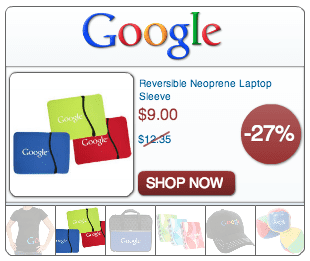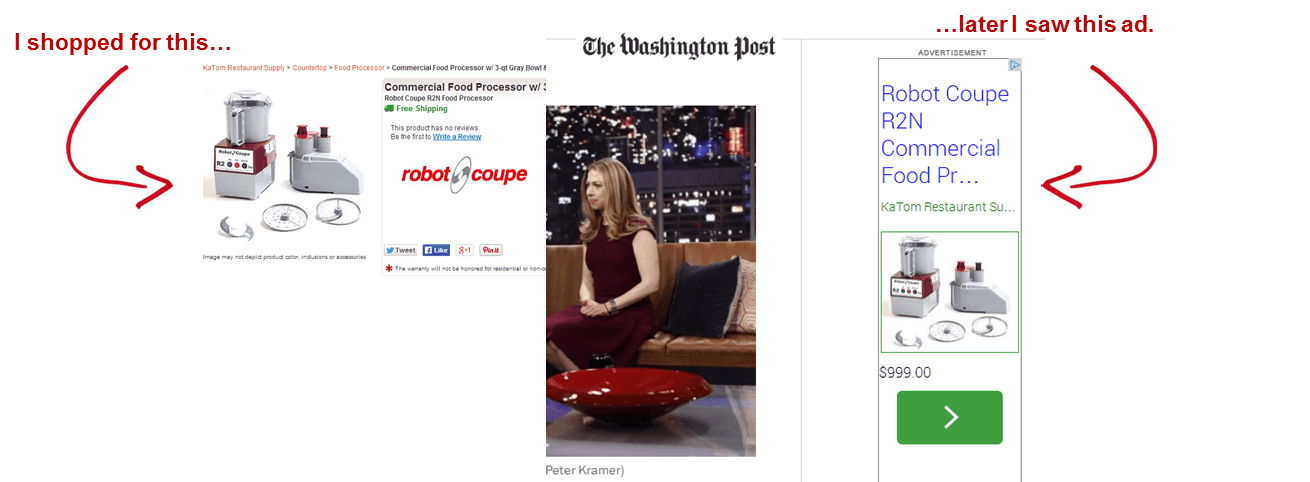 Nearly 70% of shoppers who add products to their cart end up leaving without completing the purchase.
Nearly 70% of shoppers who add products to their cart end up leaving without completing the purchase.
So, what can eCommerce retailers do about these lost opportunities to convert a website visitor?
Ultimately, remarketing is the best strategy for bringing back those buyers who left without making a purchase. If you can keep your brand and your products in front of motivated buyers, then they are more likely to come back to shop.
Google AdWords has a powerful platform for remarketing to past site visitors. Early this year, I hosted a web clinic on 4 remarketing resolutions for 2014. A big part of these resolutions for retailers is Google’s dynamic remarketing campaigns.
What is dynamic remarketing?
Dynamic remarketing elevates your remarketing efforts by dynamically creating ads based on the products a site visitor viewed while on your site. This hyper-personalized ad follows your past website visitors as they surf the web across the millions of sites on the Google Display Network.

In June, I shared the story of how one kitchen supply retailer was able to harness the power of dynamic remarketing to generate over 7x the volume of remarketing sales within the first month. And one year later, dynamic remarketing is maintaining sales volumes that are more than double their 1st month’s record volume.
5 Tips for Executive Effective Dynamic Remarketing
So, how did they create such huge results with dynamic remarketing? Let’s look at the 5 tips we recommend implementing to create this type of success.
- Break out your audience lists by time since they last visited your site. Your remarketing lists have duration options. Set those durations based on your sales cycle and how long it may take for a shopper to come back to buy.)
- Bid based on the time frames you created. More recent site visitors are 10x more likely to convert than someone who visited 30 days ago. Pay for those visitors differently.
- Properly tag your site with the dynamic remarketing code. There are workaround options, but this tag is how the ads are generated with specificity to a visitor’s experience.
- Enable dynamic remarketing by checking the box that gives Google permission to link your Google Merchant Center product feed to your remarketing campaign. Yes, you have to have a Google Merchant Center feed for this to work.
- Let Google auto-optimize your dynamic ad sizes and templates for you. This feature uses algorithms to choose the specific ad layout that is predicted to perform the best based on each group of visitors and device.
We go into more detail on these 5 tips in our Dynamic Remarketing Overdrive report.
As an eCommerce retailer, remarketing is probably responsible for a small percentage of your online sales. However, no one should underestimate the value of bringing back loyal buyers and turning them into customers. Dynamic remarketing can do this on a much more effective scale and it will set you apart from your competition’s boring static remarketing ads.
How are you leveraging remarketing in your business? Tell us in the comments.
To watch any of the web clinic replays I mentioned in this article, visit https://roirevolution.com/learn/events/.




